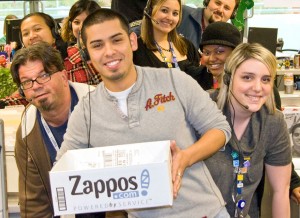Recently, Twitter introduced a new tool, called custom timelines, to make collecting and sharing tweets easier. Custom timelines was reported on New York Times social page Bits Blog, explaining that the tool is very straightforward and allows users to drag their favourite or most interesting tweets into a custom list. This new tool is what Twitter has been missing for a long time; Twitter has not upgraded for a while and users are looking for something new and exciting. Custom timeline is exactly what Twitter needs to thrive and compete in the competitive social media market.
The timeline has its own page and is public, allowing anyone to read your interesting or favourite tweets without the chaos of searching through the billions of other tweets. It is time efficient as the tweets are easily found and more practical because it allows users to organize tweets. Often Twitter can be confusing and almost frustrating to use. Yes, everyone has 140 characters but that does not help many users. Do we reply to people who don’t follow us, what is the difference between retweeting and favouriting? These questions, which should seem simple, actually cause many problems for users who create a Twitter account; it often turns users away because they are not sure how to use it. Hopefully by introducing this new tool it will be a step in the right direction to help clarify and simplify the chaos and confusion of Twitter—but the question still remains on how popular it will actually be.
This particular blog was especially interesting because it explained what Twitter is trying to do in order to improve its tools that allow users to easily share and collect tweets. By doing so, Twitter will continue to be a strong competitor within the social media market. It gave me an insight showcasing what companies need to do to stay on top.
Sources:












